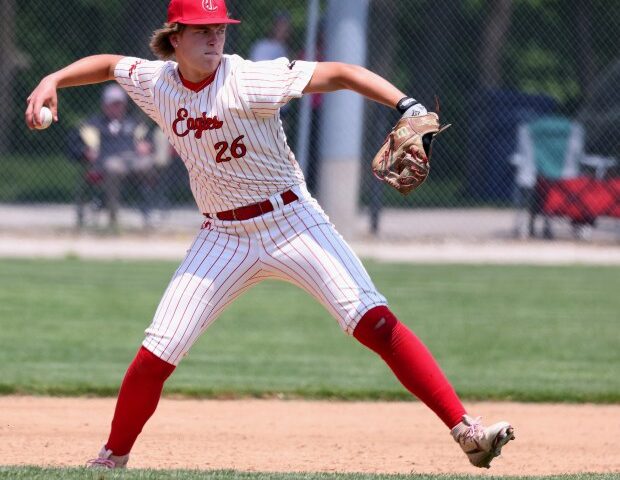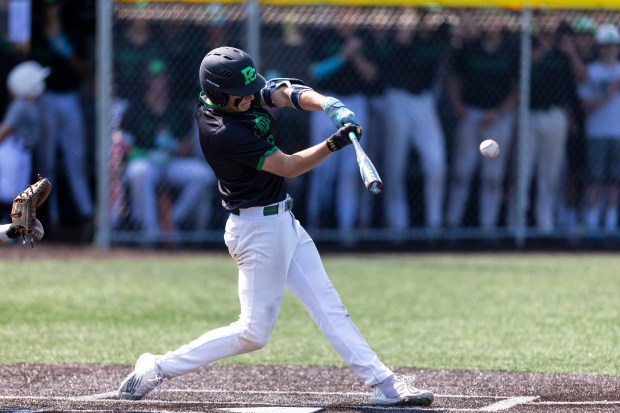Since North Chicago began using ShotSpotter to electronically learn when and where gunshots are fired within the city, officials say the incidents of gunplay have decreased nearly fivefold.
Police Chief Lazaro Perez said the benefits of the device, which electronically notifies both the dispatcher and all officers on duty when a gun goes off, is improving the relationship between the police and the residents they serve
“We show up almost immediately because we self-dispatch,” he said. “Every time there’s gunfire, a cop shows up. People are seeing more of the police in their neighborhood. Now, they’re more apt to cooperate and let us know what’s going on.”
Residents of North Chicago are experiencing less gunfire in the area of the city covered by ShotSpotter, as police are able to reach the scene of a shooting more than 10 minutes faster than in the past to more easily help victims and apprehend suspects.
As police were responding to a shooting near Audrey Nixon Boulevard and Hervey Avenue on Memorial Day, Perez said he got a call on his cellphone from someone in the area. The individual told Perez where the incident occurred and the building where the shooter fled.
“We secured the unit, got a search warrant, made an arrest and confiscated the illegal gun,” he said.
Mayor Leon Rockingham Jr. said the ability to increase cooperation from residents about suspicious incidents in their neighborhoods goes a long way toward keeping the community safe.
“The reaction used to be not to say anything,” he said. “Now people are saying, ‘We know where someone is.’ We are getting those calls now, and before we weren’t.”
Installing ShotSpotter in October of 2020, Perez said both the dispatch center and officers on duty police are notified of the location immediately in their squad car, on their police radio and on their cellular phone.
“We can self-dispatch before the dispatch center even begins to process the report,” he said. “We know where the shots were fired, the direction of the bullet and the best (route) to the site.”
Since ShotSpotter was installed in late 2020, both the incidents of shots fired in North Chicago and the number of bullets projected has declined dramatically. There were 408 in 2021 and 146 in 2023, a 64.2% drop, according to police statistics.
With 84 incidents of gunfire through May, the decline since last year is 42.4%. The number of bullets fired since ShotSpotter was installed has decreased 59.3% through 2023, and another 17.7% through May, according to the statistics.
Lake County State’s Attorney Eric Rinehart said he knew North Chicago was using ShotSpotter and benefitting from the advanced technology. He had no idea the benefit was so remarkable.
“Wow, that’s great news,” he said. “We know their clearance rates are getting better, and they are responding faster to violent crimes. This shows the benefit of using technology and better equipment.”
Rockingham said technology is becoming a more important tool to keep people safe and fight crime. As technology improves, the city continues to explore ways to put it to use. For example, acquiring drones is under consideration.
“The uses of technology are multiplying every day,” Rockingham said. “Drones can get somewhere faster than a squad car. Cameras help improve what we can see so we can act. ShotSpotter is one more tool in our toolbox.”
“New resources and technology can do a lot,” Rinehart added. “It helps us engage with the community.”
Though Rockingham said ShotSpotter covers approximately 15% of the city in a heavily populated area, many excluded areas are industrial or comprise Naval Station Great Lakes. About 25% of North Chicago is the base, which does its own policing.
While there are no statistics to show how many shooting victims benefitted from the quick information ShotSpotter provides, Perez said police are on the scene at least 10 minutes before the dispatch center can notify emergency medical services (EMS) to send an ambulance.
“The police can call EMS as soon as they get there,” he said. “Officers can begin to administer first aid until EMS arrives. This increases the chances of saving a life.”




